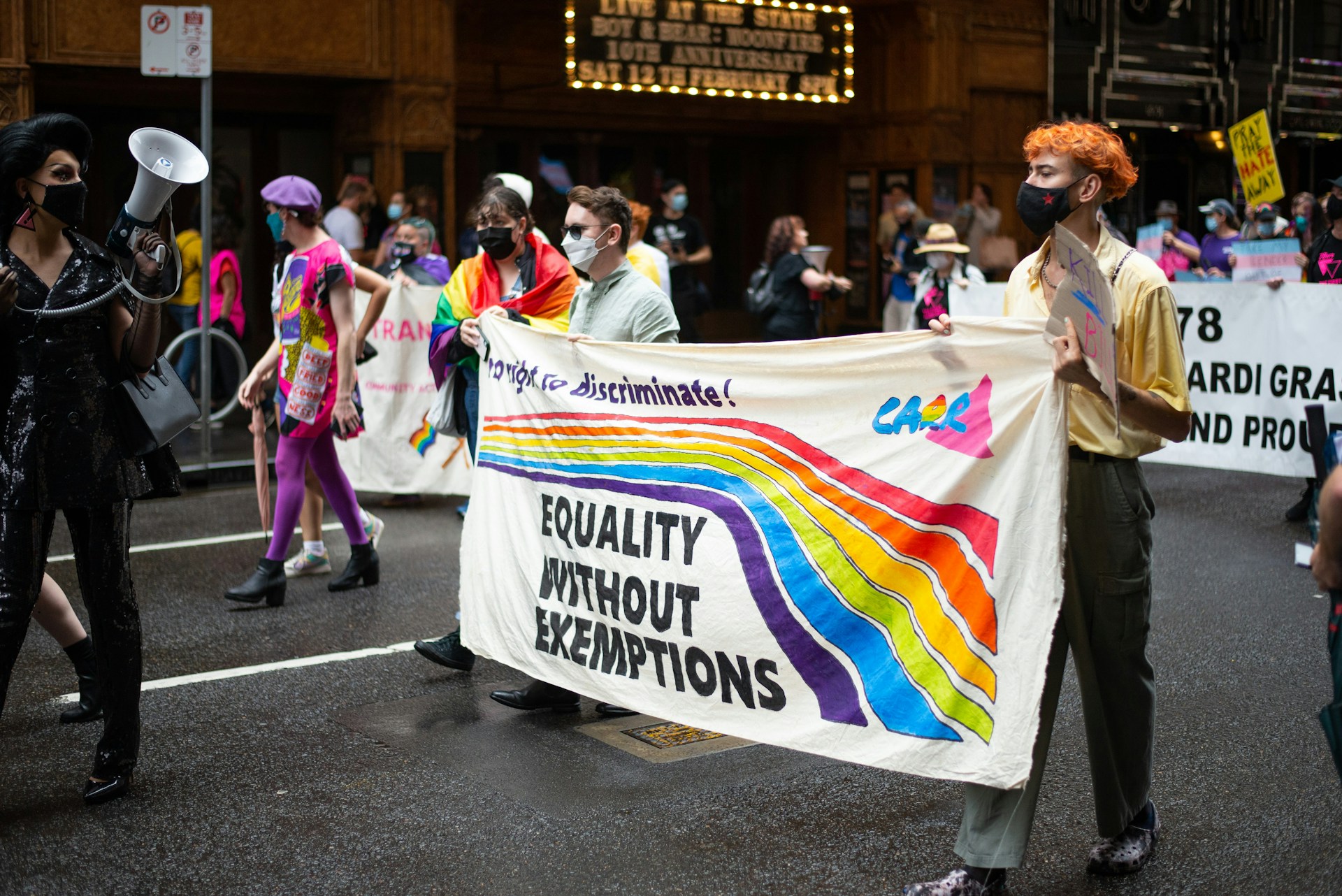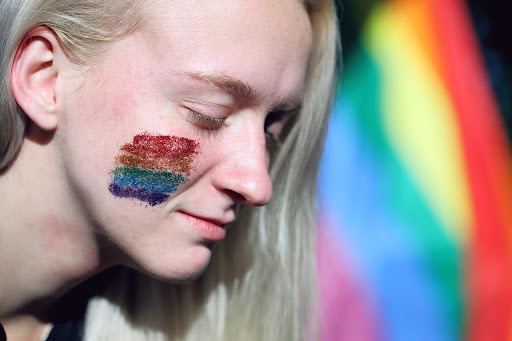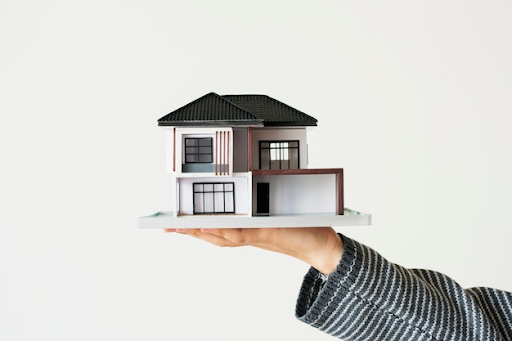Healing is rarely a straight path but instead something more like a map with unexpected routes, detours, and various roadblocks that seem purposefully placed by a universe with a somewhat peculiar sense of humor. For those carrying the dual burden of personal demons and societal judgment, this process is even more complicated. Addiction – substance abuse, in particular – doesn’t just live on its own; it intertwines with identity, community, and the capacity to inhabit one’s own body without a constant sense of threat. For LGBTQ+ individuals, the nuances of this experience demand a refuge with a particular set of understandings – a space that’s not just safe but safe in the right way. That’s why LGBTQ+ safe spaces are essential.
They are necessary havens for people trying to rebuild themselves from the inside out. They create the conditions for healing by offering something that many LGBTQ+ individuals, particularly those grappling with addiction, need desperately: the freedom to exist without apology.
What does “safe space” really mean?
Safe spaces don’t merely boast rainbow flags or anti-discrimination posters on the wall. They’re more subtle, more profound, and definitely – much more complex than a bland stereotype. Safe spaces are environments, both tangible and intangible, that are created to affirm LGBTQ+ identities in ways that make a person feel seen rather than reduced to their labels. They’re places that allow an individual to breathe, to exist, to tell their story without fear of it being twisted into something that isn’t true.
The roots of why LGBTQ+ safe spaces are essential stretch back decades, deeply embedded in a history of struggle and resilience, all the way back to the clandestine meeting spots of mid-20th century subcultures to the progressive recovery centers of today.
Why do LGBTQ+ safe spaces matter so much?
Take, for instance, a recent study conducted at a rural university, where LGBTQ+ students, isolated from larger, more accepting communities, were given the opportunity to exist within a designated safe space. What the study illuminated wasn’t just the social benefits of these spaces but their transformative potential.
This truth can be applied far beyond the campus grounds. For LGBTQ+ individuals struggling with addiction – who often face a double stigma due to both their sexual identity and substance use – these safe spaces can be the difference between relapse and recovery. What they offer is the psychological assurance that they can heal as they are and not as some stripped-down version of themselves.
LGBTQ+ safe spaces as a crucial pillar of recovery
Substance abuse alone carries enough stigma to make someone feel isolated and alone. Add the complexities of LGBTQ+ identity, and you’re left with a maze of prejudice that can feel almost impossible to exit without a guide.
In most mainstream recovery centers, this intricacy is overlooked. The assumption is often that the substance problem is the primary concern. While that’s true, it leaves out the other half of the equation – the unique intersection of homophobia, transphobia, and societal rejection that so often intensifies addiction. And so many LGBTQ+ people end up walking into recovery spaces that, while well-meaning, end up missing the mark.
Luckily, Tranquility Recovery Center offers a model for what recovery can look like when the uniqueness of LGBTQ+ individuals is fully acknowledged. Counselors are trained to see beyond the addiction to the trauma and rejection that fuels it, and more importantly, they work with clients to rebuild self-worth.
The role of affirming care in this process
Affirming care is the cornerstone of the approach mentioned above. It’s rooted in the belief that everyone, regardless of their identity, deserves to be seen and treated as a whole. This model shifts away from the notion of difference. Instead, it treats everyone with dignity and respect, acknowledging that societal norms often marginalize or invalidate certain identities. It’s a subtle yet powerful change in perspective. One that doesn’t treat someone as “the other” but as integral to the community.
Shared struggles, shared strengths
And since we’re on the topic of community, there’s something quietly powerful about sharing your story with someone who understands the struggles of people inside LGBTQ+ communities. Over coffee, in group sessions, and in the casual moments that arise when there’s no agenda but connection, individuals begin to see that they’re not alone. It’s a quiet, unspoken solidarity that builds strength, brick by brick, until it’s something powerful, something worth believing in.
Trauma, recovery, and the role of safe spaces
For many in the LGBTQ+ communities, addiction is synonymous with numbing pain, sometimes accumulated over a lifetime of rejection. Safe spaces get this. They recognize the role of trauma in addiction and approach recovery with that in mind.
Also, this approach extends beyond the individual. That’s because recovery isn’t a one-man show – it involves communities, chosen families, and allies who form a network of support. The process doesn’t end when someone leaves a treatment center. The work continues in the relationships that have been built, in the ongoing practice of care and affirmation, in post-treatment group sessions, etc.
The quiet power of belonging
It’s easy to imagine healing as something dramatic – an epiphany, a transformative breakthrough. But often, the most profound shifts happen in the small, unremarkable moments: a knowing glance, a simple “thank you”, a touch of the hand that says: “I see you”. In LGBTQ+ safe spaces, these moments accumulate, one by one, until they become something quietly transformative – a reawakening of self-worth and hope.
Conclusion
And that is why LGBTQ+ safe spaces are essential. For LGBTQ+ individuals in recovery, these spaces offer the possibility of healing that’s not just about overcoming addiction but about reclaiming the parts of themselves that society has so blatantly tried to erase. They offer a space for self-acceptance, connection, rehab and healing in their truest form – a process that doesn’t just treat symptoms but rebuilds the very foundation of the person.
This, ultimately, is where healing begins: not with a promise of perfection, but with the quiet assurance that you are enough, just as you are.























